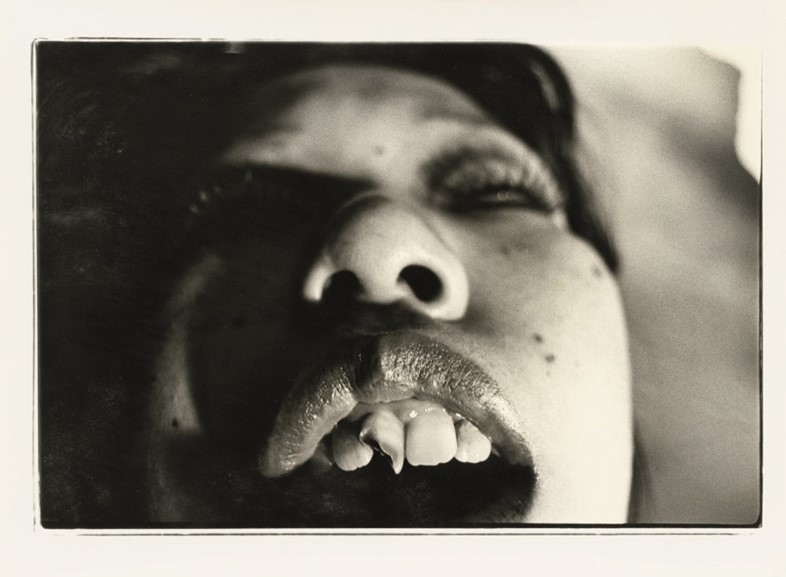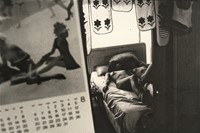A new book charts 50 years of the transgressive Japanese photographer’s work
For over half a century, Japanese photographer Nobuyoshi Araki has devoted himself to plumbing the depths of that which is most intimate – the invisible, intangible spirit that animates our very flesh. In his hands, the erotic transcends the mere functionality of pornography and reveals the raw intensity of the emotional, physical, and psychological self that gives sex its power.
At 78, the prolific artist has published over 500 books, including his latest offering Araki: Impossible Love – Vintage Photographs, out today. Arranged chronologically, the book maps Araki’s oeuvre as it unfolds, transforming his photo diary into a visual autobiography of a singular, subversive life in art.
Impossible Love begins in 1965 with Theater of Love, a series of small black and white snapshots of public life which stand in contrast to private scenes of women in various states of undress. These quiet encounters are filled with an electric charge, a sensation of an artist discovering himself and the world at the same time.
As Impossible Love progresses, we see Araki’s life unfold, becoming a collective memory of Japan during the last decades of the millennium. With the 1971 self-publication of Sentimental Journey, selections from which are included here, Araki established himself as an artist unafraid to transgress the cultural strictures against the depiction of sex.
By sharing images made while on honeymoon with his wife, Yoko Aoki, Araki confronted the pretenses of polite society with remarkable levity and grace, while simultaneously triggering an avalanche of emotions like desire and disgust, fascination and fear.

In Araki’s hands, the photograph becomes a vehicle to make sense of love, loss, and everything in between. Always in motion, even when he is at rest, Araki uses the camera to discover beauty and repose amid both sensational and mundane moments of life, always seeking new ways of seeing the world afresh.
With hundreds of thousands of photographs in his archive, Araki’s personal favourite may come as a surprise: the deathbed portraits of his father, his mother, and his wife, who appears in Impossible Love for the final time, in photographs made at her funeral in 1990. Here, Araki’s inquiry into the visceral nature of life reaches new heights, as we consider the possibility of the impossible: a love that death cannot part.






